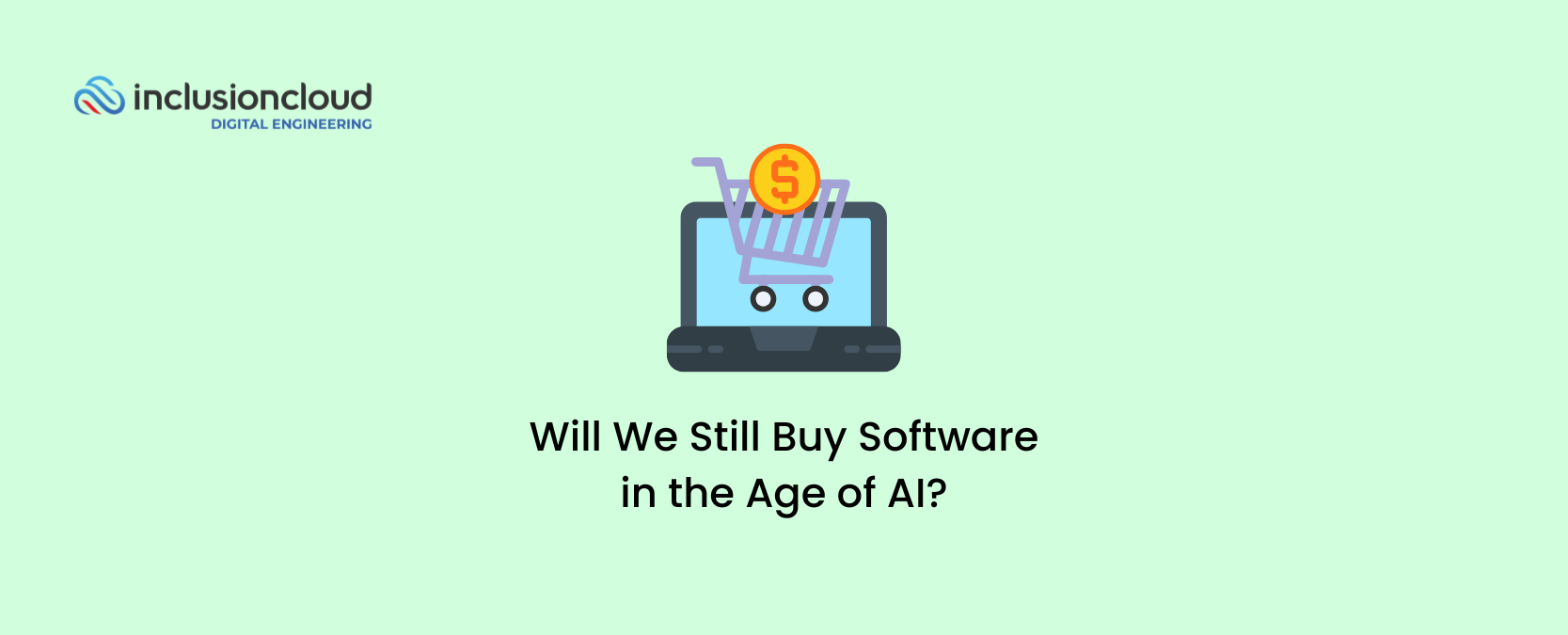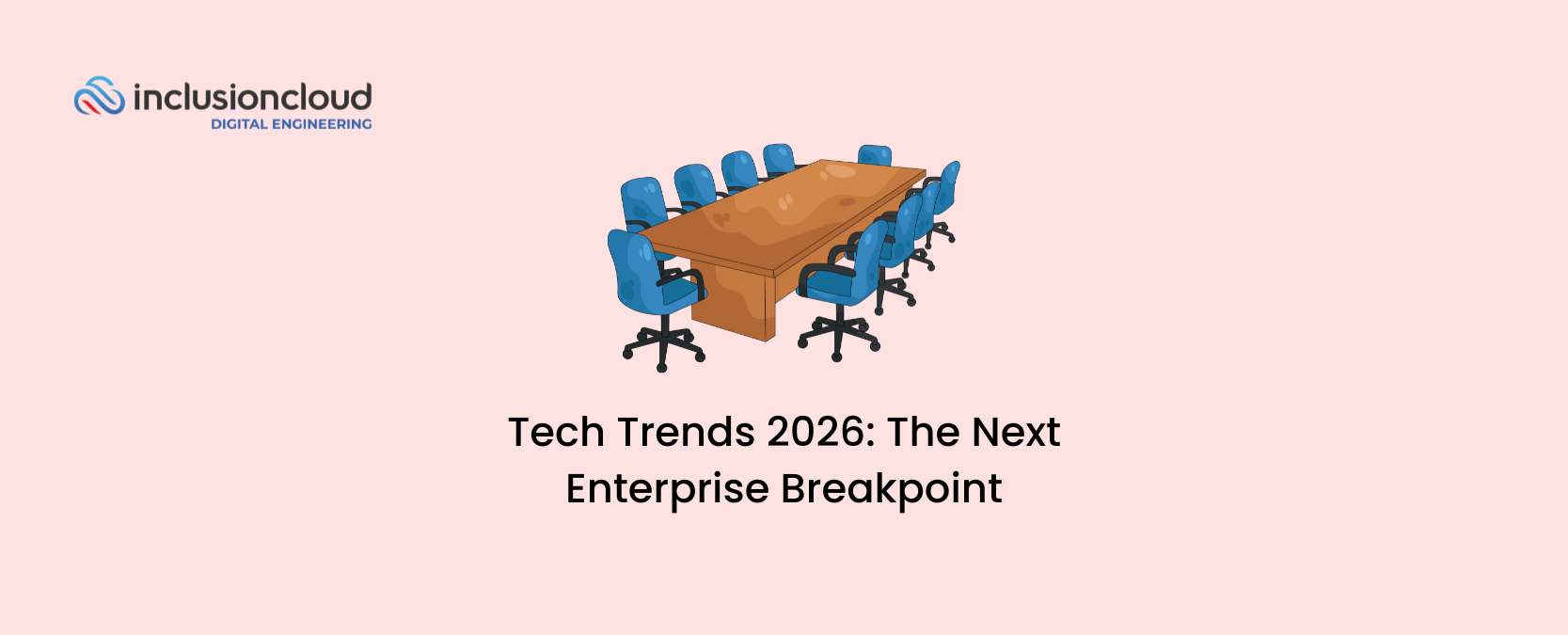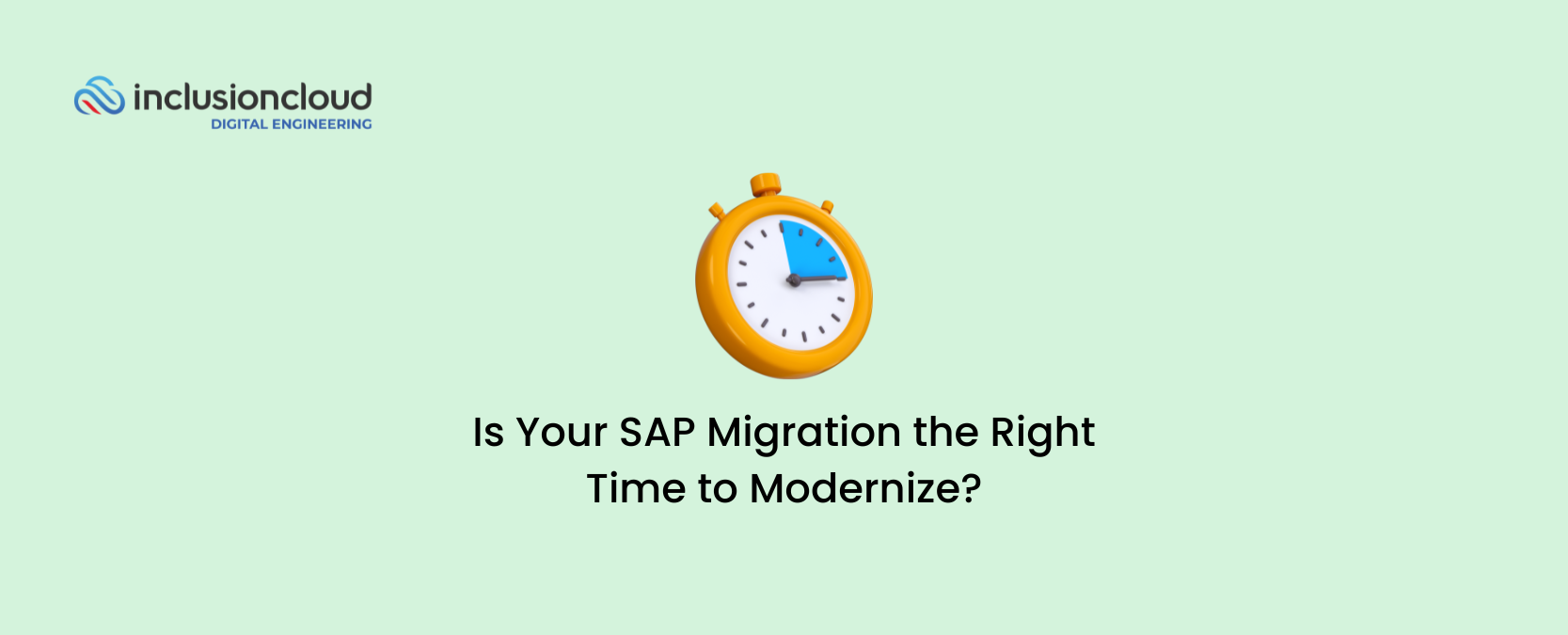2025 is shaping up to be the start of AI’s maturity phase. This means AI is no longer just a shiny new tool—it now needs to deliver real, measurable results. And while many organizations are still working on fully integrating AI, those further ahead are already exploring the next generation of this technology.
Leading this shift are Multiagent Systems (MAS), which are becoming key players in digital business ecosystems. In fact, by 2028, it’s expected that at least 15% of daily business decisions will be made autonomously by agentic AI. But what exactly are these systems? How do they work, and where can they be used? Today, we’re breaking down the basics of what could be one of this year’s biggest AI trends.
What Are Multiagent Systems?
Let’s start simple. Multiagent Systems (MAS) are exactly what they sound like—multiple AI agents working together to complete tasks for users or systems. Think of it like a team of professionals: each agent has its own role and skills, but they collaborate to achieve shared goals.
These kinds of systems are effective for complex, large-scale tasks, and could involve hundreds or thousands of AI agents. They can autonomously perform tasks, design workflows, and use tools (e.g. APIs). In other words, agents can adapt, update memory, and leverage information-sharing to enhance task execution, enabling MAS to be more versatile and efficient in problem-solving.
The three basic concepts to understand multiagent systems
To better understand the behavior of multiagent systems there are three basic concepts that any business user must know. These are:
- Agent Autonomy: The ability of AI agents to make decisions independently by sensing their environment, processing information, and acting toward specific goals.
- Decentralization: AI agents operate using local information and interactions, without central oversight. This improves scalability by allowing new agents to join seamlessly and enhances fault tolerance by minimizing system-wide dependencies.
- Emergent Behavior: Complex, system-wide patterns arise from simple agent interactions that are not explicitly programmed. This enables dynamic problem-solving, as seen in swarm robotics.
How many types of multiagent systems architectures are there?
MAS architectures vary according to the type of communication and information flow within the system. In other words, they depend on how agents interact and exchange information. This way, we can signal at least two types of architectures: centralized and decentralized. To save you some time, we summarized their key aspects in the following table:
| Architecture | Description | Strengths | Weaknesses |
| Centralized Networks | A central unit connects agents, oversees their interactions, and holds the global knowledge base. | Easy communication between agents. | The entire system depends on the central unit. |
| Uniform knowledge. | Vulnerable to central failure. | ||
| Decentralized Networks | Agents share information locally with neighbors instead of relying on a global knowledge base. | Robust and modular. | Coordinating agent behavior is challenging in the absence of central oversight. |
| System remains functional if one agent fails. |
What are the different MAS structures?
Now, a Multiagent System structure basically describes how AI agents are organized within the system. So, the focus is on the architecture or arrangement of agents in relation to each other and the system’s goals. This way, we can identify at least four kinds of structures. In the following sections, we will see what each one consists of.
1. Hierarchical Structure
This MAS structure resembles a tree, where agents are organized in levels with varying degrees of autonomy. For example, higher-level agents often have decision-making authority and oversee lower-level agents. This way, it allows clear delegation of tasks and responsibilities but can suffer from inefficiencies if the top agent becomes a bottleneck.
2. Holonic Structure
Here agents are grouped into units called holarchies, where each group (or “holon”) acts as a cohesive entity. These groups collaborate internally to function as a whole, while also interacting with other holons. This structure is flexible and scalable, enabling self-organization and adaptability to achieve shared goals.
3. Coalition Structure
In this MAS structure, agents form temporary alliances or coalitions to address specific problems or improve overall performance. These coalitions are dynamic and disband once their purpose is achieved. They are particularly useful in rapidly changing environments but may require frequent regrouping, which can add complexity.
4. Teams
AI agents in a team structure work closely together, relying on one another to achieve a shared goal. Teams are typically more hierarchical than coalitions, with defined roles for each agent. However, this structure fosters strong cooperation and interdependence, which can enhance performance but also create vulnerabilities if an agent underperforms.
How AI agents interact in multiagent systems?
On the other hand, the types of multiagent systems are based on the nature of agent interactions. So, while structures deal with organizational frameworks, the different types of multiagent systems focus on the functional relationships and goals of the agents. Keeping this in mind, we can identify at least three types of MAS:
- Cooperative Systems: Agents collaborate toward a common goal.
- Competitive Systems: Agents compete for individual goals, often in conflict.
- Mixed Systems: A blend of cooperation and competition.
Common Challenges in Training Multiagent Systems
Training Multiagent Systems (MAS) comes with its own set of challenges, mostly because it requires seamless coordination between agents with different goals and behaviors. Each agent needs to balance its individual objectives with the system’s overall goals, which calls for complex algorithms to manage teamwork and resolve conflicts. Some of the biggest challenges include:
- Scalability: As more agents are added, the system faces higher computational demands for communication and coordination.
- Dynamic Environments: Constantly changing agent actions and external factors make it tough to develop strategies and predict outcomes.
- Credit Assignment: It’s difficult to pinpoint which agent’s actions led to success or failure, especially in team-based tasks.
- Communication Bottlenecks: Limited bandwidth, slow response times, or complicated messaging can slow down coordination between agents.
- Evaluation Metrics: Measuring performance isn’t easy—it requires balancing individual agent goals, overall system efficiency, and fairness.
Overcoming these challenges is key to unlocking the full potential of Multiagent Systems in business and tech environments.
How to build effective multiagent systems?
Step 1: Define Objectives
As with any other technological incorporation, the first step in MAS adoption is to clearly specify individual goals for each agent (e.g., cooperative, competitive, or independent tasks). In other words, you must define the overall system objective to guide task allocation and determine the number of agents needed.
Step 2: Design Environment and Rules
Then, you must create the ecosystem where agents will operate, specifying their interactions with each other and the environment. This involves establishing rules to govern behaviors, ensuring coordination and compliance with system goals.
Step 3: Select a Learning Algorithm
Once the environment is designed, you must choose learning algorithms suited to the system’s purpose. Here you have some of the most common ones within multiagent systems:
– Multiagent Reinforcement Learning (MARL): Enables agents to learn through interactions with the environment and other agents, focusing on maximizing rewards in cooperative or competitive settings.
– Centralized Training with Decentralized Execution (CTDE): Trains agents collaboratively using a centralized approach while allowing them to act independently based on local observations during execution.
– Game Theory-Based Algorithms: Provides strategic frameworks for decision-making in adversarial or competitive environments, helping agents predict and adapt to opponents’ behaviors.
– Swarm Intelligence Algorithms (SIA): Mimics collective behaviors in nature to solve distributed problems efficiently without centralized control.
Step 4: Simulate and Train
Once you select the best learning algorithm for your MAS, use curated and annotated training data to simulate real-world scenarios. This is to train agents to adapt through interaction, using rewards and penalties to refine decision-making.
Step 5: Test, Iterate, and Deploy
Finally, you must test the system in various scenarios and evaluate performance. Once tested, you can refine the environment, rules, or algorithms based on results. Then, deploy the system in production and monitor its performance constantly to ensure desired outcomes.
How Businesses Can Use Multiagent Systems (MAS)
While AI agents are still in the early stages of adoption, plenty of industries and business areas can already benefit from Multiagent Systems (MAS). To save you some time, here’s a quick breakdown of some of the most impactful use cases for MAS in business:
Information Technology (IT)
- Network Management: MAS can optimize data routing, detect security threats, and manage distributed networks for better performance and security.
E-commerce and Retail
- Personalized Recommendations: AI agents work together to analyze browsing habits, purchase history, and user preferences to deliver spot-on product suggestions.
- Supply Chain Optimization: MAS helps manage inventory, predict demand, and streamline logistics to cut down on delays and reduce costs.
Healthcare
- Patient Monitoring: MAS can track patient vitals and send real-time alerts to healthcare teams for faster, proactive care.
- Drug Discovery: AI agents simulate biological processes to speed up drug discovery and improve trial efficiency.
Finance
- Algorithmic Trading: MAS powers competitive trading strategies, analyzing market trends to maximize profits.
- Fraud Detection: AI agents spot unusual activity and detect suspicious transactions to prevent fraud.
Transportation and Logistics
- Autonomous Vehicles: MAS enables self-driving cars to coordinate safely and efficiently on the road.
- Fleet Management: It’s used to optimize delivery routes, improve fuel efficiency, and monitor fleets in real-time.
MAS is opening up endless possibilities across industries, making business operations smarter, faster, and more efficient.
Which Vendors Offer Multiagent Systems (MAS) Capabilities?
Now that we’ve covered the basics of MAS and how it’s used across industries, you might be wondering—what are companies actually doing to make this technology more accessible for businesses?
At Inclusion Cloud, we’re lucky to work closely with some of the top vendors in this space. Leveraging that insight, we’ve put together a quick overview of some of the leading agentic AI tools they’re offering to help businesses tap into the power of Multiagent Systems:
- Salesforce’s Agentforce: A low-code platform for enterprise teams to build, customize, and deploy autonomous AI agents. It offers a library of pre-built skills and workflow integrations for rapid customization.
- Oracle’s GenAI Agents: Oracle’s SAP’s GenAI Agents designed to leverage Oracle Digital Assistant technology, enabling organizations to create their own agents and integrate them seamlessly with Oracle’s cloud applications.
- SAP’s Joule Agents: SAP’s GenAI Agents through Joule platform, designed to automate and enhance business processes with AI-powered agents that collaborate in a seamless, multi-agent environment.
- ServiceNow AI-Powered Workflows: ServiceNow integrates AI agents into its platform to automate IT service management, customer service, and HR processes.
- AWS Bedrock: A fully managed service that offers a selection of high-performance foundational models (FMs) from leading AI companies (like Anthropic, Meta, etc) and Amazon through a single API, along with the features needed to build GenAI apps.
Data Integration: The Foundation of Multiagent Systems
We’ve talked about how training AI agents is the core of Multiagent Systems (MAS). This training is what allows agents with different goals and behaviors to work together smoothly—just like any successful team.
But before that can happen, there’s a crucial first step: data integration. Why is this so important? First, AI agents rely on high-quality data to perform their tasks and continuously improve. Second, training these agents requires access to well-organized, annotated data that simulates real-world scenarios.
Simply put, data integration is the backbone of any MAS. It creates a clean, updated, and curated data flow that these systems need to function effectively. Without it, the system becomes inefficient—costing more than it’s worth and leading to issues like SaaS sprawl.
But don’t worry! At Inclusion Cloud, we’re here to help you build a strong digital foundation for adopting Multiagent Systems. Let’s connect and explore how we can tailor this technology to fit your business goals. And be sure to follow us on LinkedIn for the latest industry trends and insights!





